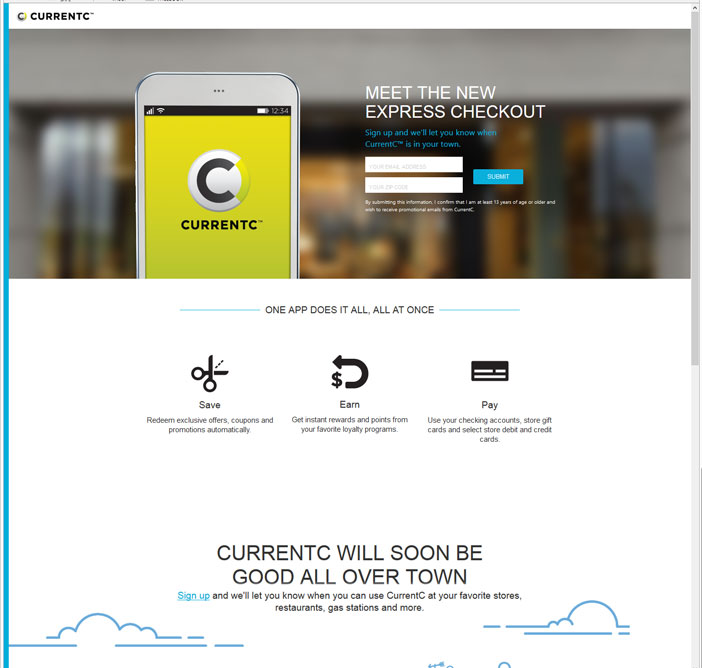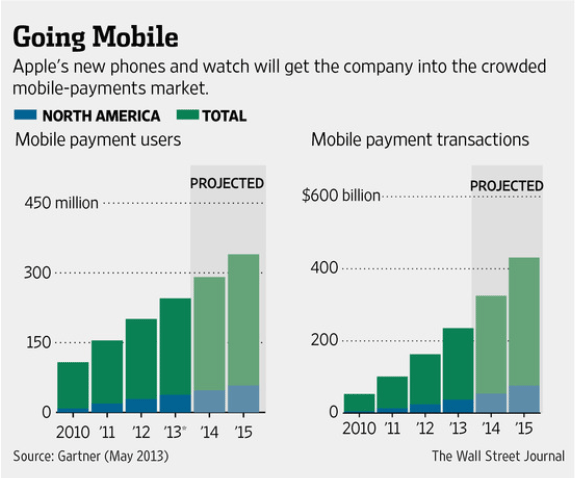The first is the initiatives that came out of the 2012 conclusions of the Reserve Bank’s Strategic Review of Innovation in the Payments System. The background to the Review was a growing amount of evidence that the services provided to end-users of the Australian payments system were falling behind the services available to end-users in some other countries.
The most prominent outcome of the Review was that the Bank asked the payments industry to consider ways of filling the gaps in the payments system that had been identified in the Review. As you know, the industry – coordinated by APCA – proposed a project, which has been developed over the past three years, to build some new industry infrastructure which will be called the New Payments Platform (NPP). The NPP will deliver real-time, data-rich payments to end-users on a 24/7 basis. It will also be a platform for all sorts of other innovative services, many of which we cannot yet imagine.
The Bank has been heavily involved in this project. It is one of the 12 financial institutions that have agreed to fund the build of the NPP and to connect to it when it goes live. The Bank is also developing a new service, the Fast Settlement Service (FSS), which will provide real-time settlement of NPP transactions. My colleagues in Payments Settlements Department are making good progress on the FSS.
Paul Lahiff, the Chair of NPP Australia Ltd, will be speaking to you in more detail about the status of the NPP, but I can tell you that the Payments System Board (the Board), having encouraged this project, has been taking a close interest in it and has been pleased by the excellent collaboration in the industry.
Another initiative coming out of the Strategic Review of Innovation was that the Bank called for the establishment of an enhanced industry coordination body. The intention was that this should take a more strategic view than existing industry governance bodies and have membership from a wider range of institutions than had traditionally been the case for APCA. It was also to have high-level representation, with individuals who are more able to commit their organisations to courses of action agreed by the group.
The rationale for this focus on industry governance was that the identified gaps in the services offered to end-users partly reflected difficulties in getting the industry to work together to develop the cooperative elements of payment systems. The development of common rules, standards, communications networks and other infrastructure sometimes requires collaborative innovation, where institutions have to work together. There was a concern that this had previously proved difficult in Australia.
I’m happy to say that there has been good progress here. The Australian Payments Council held its first meeting in late 2014 and – as you will have heard in the first session today – has recently been consulting on an Australian Payments Plan, seeking views on long-term trends, systemic challenges and desirable characteristics for the payments system.
The first meeting between the Board and the Council occurred in August. The Board is looking forward to seeing the progress that the Council makes on its payments plan. The Council may be a useful vehicle for the payments industry, including the Bank, to think about some of our legacy payment systems, in particular the future of the cheque system.
Fraud, digital identity and cyber security are other areas where there could be real benefits to industry collaboration. Of course, they are not just issues for the payments system. Cyber security and digital identity were referred to in the Government’s response to the Financial System Inquiry (FSI) Report and are issues that touch the entire financial system and, indeed, the broader economy.
The second issue I would like to cover is the Bank’s ongoing Review of Card Payments Regulation.
In its March 2014 submission to the FSI, the Bank indicated that it would be reviewing some aspects of the regulatory framework for card payments. The Final Report of the FSI, which was released in December 2014, endorsed the broad nature of the Bank’s reforms over the past decade or more but noted a few areas where the Inquiry believed the existing framework could be improved. The Bank released an Issues Paper in March 2015, inviting submissions on a broad range of issues in card payments regulation, including those raised in the FSI Report. I will touch on four of these issues.
The first is the growing lack of transparency of payment costs to many merchants. While interchange fees on credit and debit cards are currently subject to benchmarks that must be observed every three years, there has been a tendency for the two large international four-party schemes to promote new, high-interchange, high-rewards cards. At the same time, they have introduced lower interchange rates for ‘strategic’ or other preferred merchants. These merchants get the same low interchange rate – for credit cards, as low as 20 basis points – on all their transactions, even if a super-premium, high-rewards card is presented. But smaller merchants and others who do not benefit from strategic rates pay interchange rates of up to 200 basis points on their transactions. Furthermore, when presented with a card, such merchants may have no way of knowing if it is a card with a 30 basis point interchange rate or a 200 basis point rate. So the issues that we have raised are the growing lack of transparency of payment costs for many merchants and the growing wedge in average payment costs between preferred and nonpreferred merchants.
Second, the Bank is consulting on whether it would be desirable to lower the interchange benchmarks or to make other changes to the system, such as to have more frequent compliance. One issue here is that the behaviour of schemes and issuers under the current three-yearly compliance system is seeing average interchange rates rising significantly above the benchmark in between compliance dates.
The third issue is whether it would be desirable to extend the coverage of the regulatory framework for interchange payments. This is especially relevant in the case of companion cards – in particular, bank-issued American Express cards, which have issuer fees and other payments that are equivalent in many respects to interchange payments.
The final major issue for the Review is concerns over excessive surcharging in some industries. There is a balance to be struck here between ensuring that merchants have the right to surcharge for expensive payment methods, including some cards, and ensuring that they do not surcharge excessively. Excessive surcharging is not a widespread problem, but I think we can all point to a few cases where there are genuine concerns. The Board is keen to take action here.
The Board discussed the Review in its August meeting and will be discussing it again at its November meeting. In preparation for discussions about possible changes in the regulatory framework, the Board has recently taken a decision to designate five payment systems: the American Express companion card system, the Debit MasterCard system and the eftpos, MasterCard and Visa prepaid card systems. Designation does not impose regulation nor does it commit the Bank to a regulatory course of action; rather it is the first of a number of steps the Bank must take to exercise any of its regulatory powers.
Any proposals to apply regulation to designated systems through standards or access regimes are subject to requirements for detailed consultation. Designation of these five systems will allow a more holistic consideration of the issues – including issues such as the regulatory treatment of companion cards and prepaid cards – as the Bank continues with review of the regulatory framework and considers the case for changes to the framework.
As you know, there has been a lot of discussion of the issues that the Review is focusing on. Banks, payment schemes, consumer organisations and merchants have been able to express views in four different contexts: the original FSI call for submissions, submissions on the FSI’s interim report, the Government’s call for comments on the FSI Final Report, and responses to the Bank’s Issues Paper. And in turn, the industry will have seen the Bank’s views in at least three different vehicles: the Bank’s two submissions to the FSI in 2014 and its Issues Paper from March this year.
We have received over 40 submissions in response to the Issues Paper, with all non-confidential submissions published on our website. The Bank also hosted an industry roundtable in June and has held around 40 meetings with stakeholders.
Overall, there appear to be some areas where there is common ground across most stakeholders. For example, there is fairly wide acceptance that the widening of the international schemes’ interchange fee schedules has created issues in terms of the rising cost of card payments to nonpreferred merchants and the declining transparency of the cost of card payments to them. There is also general agreement that it would be good to deal with instances of excessive surcharging.
However, there are other areas where there are real differences in the views expressed by different stakeholders. These include issues such as whether companion card arrangements should be subject to regulation and whether there might be a case for a reduction in the interchange fee benchmarks.
It will be up to the Board to weigh up the arguments on some of these contentious issues, balancing the interests of consumers, businesses, financial institutions and card schemes. As always, its consideration will be based on its mandate to promote competition and efficiency in the payments system. And let me stress again that if the Board decides to propose changes to the regulatory framework, the Bank will, as usual, undertake a thorough consultation process on any draft standards.
Finally, as you will know, the Government released its response to the FSI yesterday. Its response referred to the Bank’s review and noted that it was looking forward to the Board completing its work on the issues of interchange fees and surcharging. The Government also indicated that it will ban excessive surcharging and give the ACCC enforcement power in this area. I would expect that once the Board has provided greater clarity on what constitutes excessive surcharging, we will work closely with Treasury and the ACCC on legislation. I expect that we will end up with a framework where the Board has decided on a narrower definition of costs of acceptance and allowable surcharges and where the Bank will be able to count on help from the ACCC in the enforcement of the new framework.




